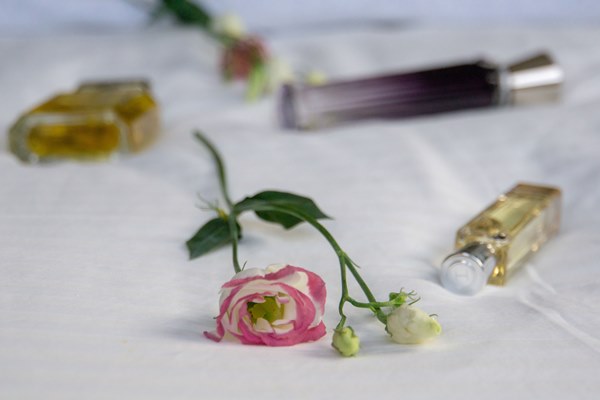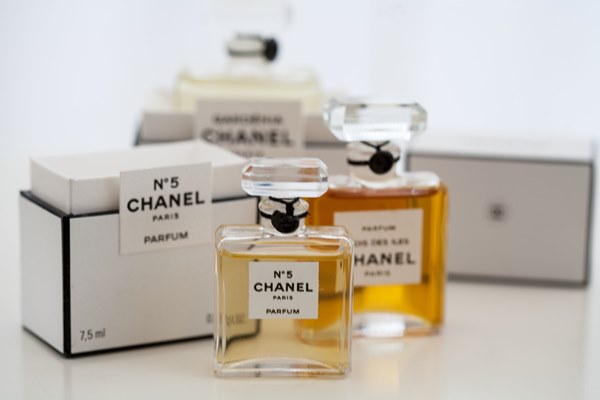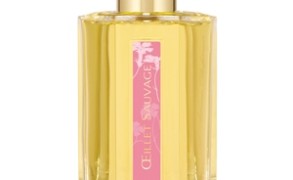Olfactory Training May Reduce The Risk of Dementia
I’ve always heard while working in the perfume industry that the incidence of brain-degenerative diseases among perfumers is fairly low. Given the amount of effort our brain expends during smelling, it seemed reasonable that this activity helps to stave off the processes that ultimately lead to dementia. However, a number of recent clinical studies reveal that this is not merely anecdotal evidence and that there is a link between improving our sense of smell with training and reducing the risk of Alzheimer’s disease.

In their article Bolstering our sense of smell may reduce the risk of dementia, The Guardian shares these findings. First, it’s important to note that a deterioration in one’s sense of smell is an early sign of Alzheimer’s and other dementia conditions. While the decline happens gradually, when it sets in and becomes obvious, it’s too late to address it. Which is why monitoring your ability to smell should be part of your constant health routine, the way we address our vision and hearing.
















Joi in Giorgio Armani Mania : Long Lost Favorite Perfume: Yes!! January 25, 2024 at 2:54am